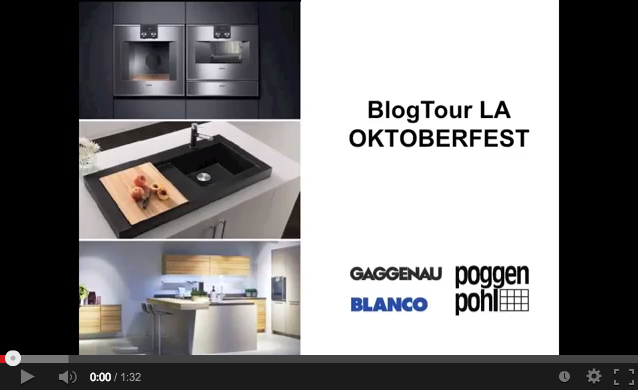Leo Chantre, Lisa Bonneville, Mark Doughty and Jason Sevinor
photo credit: Jessica Delaney
Our ability to navigate comfortably through our homes on a daily basis was the topic of discussion at a Design New England Design Salon that we hosted earlier this month in our Beverly showroom. Three guest speakers – Lisa Bonneville of Bonneville Design, Leo Chantre of Stone Projects, and Mark Doughty of Thoughtforms – joined us to share what they know about designing a home with accessibility in mind.
While some think of Universal Design as preparation for Aging in Place, the real plus side of planning ahead for possible limited mobility is that spaces designed with universally accessible features actually benefit a variety of ages and abilities. From the very young to the elderly, to those with temporary or long-term physical challenges, the principles of universal design improve quality of life by creating environments that are safe and comfortable. For those who want to remain in their homes as long as possible, preparing ahead may actually save money in the long term, by avoiding the expense of having to move into an assisted living facility.
photo credit: Jessica Delaney
We asked designer Lisa Bonneville to share the story behind her award-winning master bath that featured universal design products from our showroom. Lisa is the author of The Safe Home, and is an expert on creating lifelong interiors. Lisa explained how there are many thoughtful options available today for universally designed spaces. Gone are the days of commercial looking grab bars and sterile environments. Homeowners can age safely and comfortably in their homes and still satisfy their design sensibilities.
Bonneville Design // photo credits: Eric Roth
Universal design considerations mentioned by our speakers:
•
prevent falls and slips with flush
entries and adequate lighting
•
install wood paneling behind drywall
for future grab bar installation
•
install curbless entry in shower and plan
for room for caretaker in the bath
•
touchless faucets and toilets with self-care features
provide independence in the bath
•
non-porous countertops require least maintenance
while being extremely hygenic
•
non-glare surfaces and layered light options
are helpful for the vision impaired
•
include multiple surface heights to accommodate
a variety of ages and heights
•
provide accessible storage via
roll out shelves and drawers
•
plan for single level living (full bath on ground floor)
when hoping to age in place
•
incorporate exterior views and natural light into the home to be enjoyed by those who spend large stretches of time indoors
photo courtesy: Thoughtforms
photo credit: Jessica Delaney
We had a full house for this event, and a number of people with physical challenges who rely everyday on accessibility through universal design were in the crowd and generously shared their unique points of view.
We thoroughly enjoyed presenting this very important topic for discussion and are always happy to assist our customers in discovering the best fixtures and accessories for a safe, efficient, and beautiful bath.
To view additional photos taken during our Design Salon event, please visit our facebook page.
Timothy Hopkins Catering // photo credit: Jessica Delaney
Floral arrangements by Laura Thomson Design
photo credit: Jessica Delaney
Event sponsored by Design New England















.jpg)





